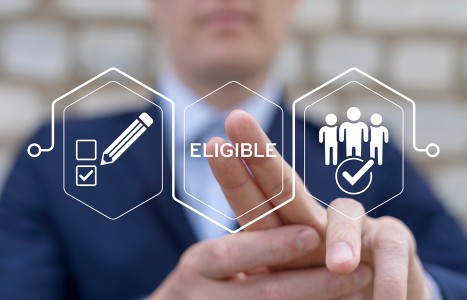In a landmark development, Blue Cross Blue Shield (BCBS) has reached a $2.8 billion settlement to resolve antitrust claims brought by health care providers, including chiropractors. The lawsuit accused BCBS of dividing the nation into exclusive regions and limiting competition, which resulted in lower reimbursements for providers. Although BCBS denies any wrongdoing, the company agreed to the settlement to avoid lengthy litigation – and you can get a piece of the pie.
Billing for Phone Calls and Communication With Patients and Providers
Q: I am spending a considerable amount of time with phone calls, particularly with physicians to whom I have referred or from whom I have been referred a patient. There are also instances that I may spend 15-30 minutes with a patient on the phone to discuss specific issues of their care or case. Is there any way to bill for this time spent on the phone?
A: Indeed, the Current Procedural Terminology (CPT) manual does have coding specific to both of these situations and they are billable. However, there are specific guidelines for their use that may limit their application depending on the circumstances of the encounter.
Provider to Patient
For patient phone calls, there are codes designated for telephone services as a non-face-to-face physician service. The CPT manual defines the service as "non-face-to-face evaluation and management (E/M) services provided by a physician to a patient using a telephone. These codes are used to report episodes of care by the physician initiated by an established patient or guardian of an established patient. If the telephone service ends with a decision to see the patient within 24 hours or the next available urgent visit appointment, the code is not reported; rather, the encounter is considered part of the pre-service work of the subsequent E/M service, procedure, and visit."
In simple terms, if the call resulted in the patient making an appointment or arranging to be seen within 24 hours, the phone call is considered part of that visit and not separately billable. Additionally, if the phone call refers to any E/M service performed and reported within the previous seven days, the phone call is considered part of the previous E/M service of that visit.
The codes are 99441 for 5-10 minutes of medical discussion, 99442 for 11-20 minutes of medical discussion and 99443 for 21-30 minutes of medical discussion. There is also a code for online medical evaluation, meaning via Internet resources or e-mail. Its use is the same as the phone call in that the communication cannot lead to a visit within 24 hours or next available urgent appointment; nor can it be within seven days of an E/M service.
Provider to Provider
The above stipulations refer to communication by phone with the patient; what about communication with other health care professionals – particularly providers with whom you are co-managing treatment? There is a code (99358) for prolonged physician service without direct face-to-face patient contact. This code is used to report the total duration of non-face-to-face time spent by a physician on a given date providing prolonged service, even if the time spent is not continuous.
This code would include communication with other professionals when there are no specific codes to cover the communication, such as medical team conferences, which of course require face-to-face interactions by the respective providers.
99358 specifically includes time spent reviewing extensive records, communication with other professionals (not otherwise coded). It is for the first 30-60 minutes of time. Time less than 30 minutes is not separately reported. After 60 minutes of total time, each additional 30 minutes would be coded with 99359. (At least 15 minutes of the additional 30 minutes must be performed to report 99359; if less than 15 minutes of additional time is performed, it is not to be reported.) These codes and service do not require that they be performed or reported on the same date as the related treatment or evaluation.
Based on the time requirements of 99358, it would be somewhat problematic to bill for a phone call, as phone calls rarely require 30 minutes or more. However, when 30 minutes is reached or exceeded, the opportunity exists for the services to be reported.
While these codes are available and their use appropriate, payment will still be related to insurance plan contracts (either patient contractual agreement or provider contractual agreement), which may or may not have reimbursement for these services. Of course, unless the provider has a contractual agreement with the specific carrier for an agreed amount, the patient would certainly be liable for payment of the services.
In any case, I would always give yourself the opportunity for a carrier to make payment for the services provided. If your office regularly provides this type of service, it should be an added question during your insurance verification to determine if the services have separate reimbursement.
Feel free to submit billing questions to Mr. Collins at sam@hjrossnetwork.com. Your question may be the subject of a future column.


